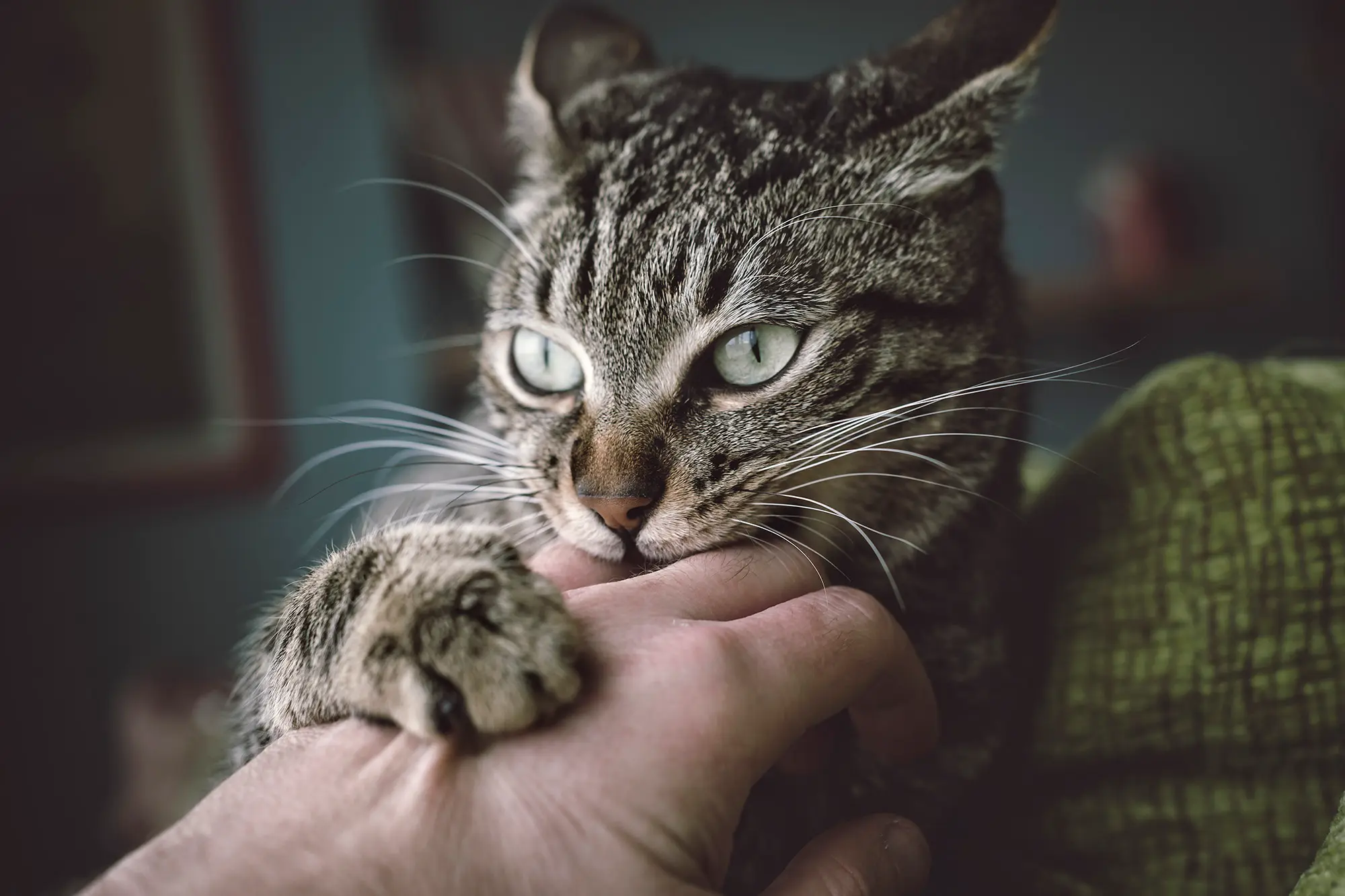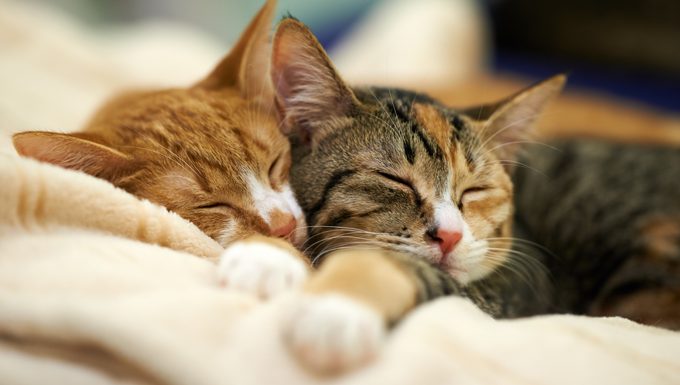Welcome, fellow cat lovers, to the wild and wondrous world of adolescent cats! If you thought raising a kitten was a whirlwind of energy and curiosity, brace yourself—your little furball is about to enter the teenage phase. Adolescent cats, typically aged between six months to two years, are full of surprises, challenges, and delightful moments. This guide will walk you through what to expect during this phase and provide tips on how to handle your cat’s growing pains with finesse and humor.
Understanding Adolescent Cats
What is Cat Adolescence?
Just like human teenagers, adolescent cats undergo significant physical, emotional, and behavioral changes as they transition from kittenhood to adulthood. This period is marked by rapid growth, increased independence, and sometimes, a bit of rebelliousness.
Physical Development
During adolescence, your cat will continue to grow and develop, often reaching their full adult size by the end of this stage. Their bones, muscles, and organs mature, and they may experience a noticeable increase in energy levels.
Behavioral Changes
Expect changes in behavior as your cat explores their newfound independence. They might test boundaries, exhibit increased curiosity, and even develop new habits. This period is crucial for shaping their future behavior and temperament.
Sexual Maturity
Adolescent cats reach sexual maturity, typically around six months of age. This can lead to behaviors such as spraying, yowling, and seeking out mates if they are not spayed or neutered.
Common Behaviors of Adolescent Cats

Increased Energy and Playfulness
Adolescent cats are bundles of energy. You’ll notice more vigorous play sessions, zoomies (sudden bursts of running), and a heightened interest in their surroundings. Toys that engage their hunting instincts, like feather wands and laser pointers, are excellent outlets for this energy.
Boundary Testing
Just like human teenagers, adolescent cats love to test boundaries. They might scratch furniture, jump on counters, or push their luck with other household rules. Consistent training and positive reinforcement are key to managing these behaviors.
Social Development
Your cat’s social behaviors will also evolve. They may become more or less affectionate, show varying degrees of interest in other pets, and interact differently with family members. Patience and understanding during this phase are crucial.
Health Considerations
Veterinary Visits
Regular veterinary check-ups are essential during adolescence. This period includes critical vaccinations, spaying or neutering, and monitoring for any health issues that may arise.
Nutrition
Adolescent cats require a balanced diet to support their rapid growth and high energy levels. Consult with your veterinarian to ensure they are getting the right nutrients and adjust their feeding schedule as needed.
Spaying and Neutering
Spaying or neutering your cat is highly recommended around six months of age. This not only prevents unwanted litters but also reduces the risk of certain health issues and helps curb undesirable behaviors associated with sexual maturity.
Training and Socialization
Positive Reinforcement
Adolescent cats respond well to positive reinforcement. Reward good behavior with treats, praise, or extra playtime. Avoid punishment, as it can lead to fear and anxiety.
Consistent Training
Consistency is crucial when training your adolescent cat. Establish clear rules and routines, and stick to them. Use commands like “no” or “off” consistently to help your cat understand what is acceptable behavior.
Socialization
Continue socializing your adolescent cat by exposing them to different people, environments, and other pets. This helps them become well-adjusted adults. Gradual introductions and positive experiences are key to successful socialization.
Managing Behavioral Issues
Scratching
Provide plenty of scratching posts and pads to satisfy your cat’s natural scratching instincts. Place them in areas where your cat likes to scratch, and use catnip or toys to attract them to these designated spots.
Litter Box Problems
Litter box issues can arise during adolescence. Ensure the litter box is clean and located in a quiet, accessible area. If problems persist, consult your veterinarian to rule out any medical issues and consider making changes to the type of litter or box.
Aggression
Adolescent cats may exhibit aggressive behaviors, especially if they are not neutered or spayed. Redirect aggression with toys and play, and avoid rough play that encourages biting or scratching. If aggression is severe, seek advice from a veterinarian or animal behaviorist.
Enrichment and Mental Stimulation
Interactive Toys
Invest in a variety of interactive toys to keep your adolescent cat mentally stimulated. Puzzle feeders, treat-dispensing toys, and interactive play sessions can help prevent boredom and destructive behaviors.
Environmental Enrichment
Create an enriching environment with climbing trees, perches, and hiding spots. Window perches can provide hours of entertainment as your cat watches the world outside.
Routine and Predictability
Adolescent cats thrive on routine. Establish a consistent daily schedule for feeding, playtime, and sleep. Predictability helps reduce stress and anxiety.
Bonding with Your Adolescent Cat
Quality Time
Spend quality time with your cat every day. Whether it’s playing, grooming, or simply cuddling on the couch, these moments help strengthen your bond and build trust.
Communication
Learn to communicate with your cat through body language and vocal cues. Understanding their signals can help you respond appropriately to their needs and behaviors.
Patience and Understanding
Remember, adolescence is a temporary phase. Patience, understanding, and consistent training will help your cat transition into a well-adjusted adult. Celebrate the small victories and enjoy the unique personality that your adolescent cat brings to your home.
Expert Opinions
Dr. Jennifer Coates, DVM
Dr. Jennifer Coates, a veterinarian and advisor to PetMD, emphasizes the importance of patience and consistent training during a cat’s adolescent phase. She advises providing plenty of mental and physical stimulation to keep your cat engaged and out of trouble source.
Dr. Sophia Yin, DVM
Dr. Sophia Yin, a renowned animal behaviorist, recommends positive reinforcement and gradual socialization to help adolescent cats adjust to their changing environment. She stresses the importance of understanding feline body language to foster a strong human-cat bond source.
Government and Veterinary Guidelines
American Veterinary Medical Association (AVMA)
The AVMA recommends regular veterinary check-ups, proper nutrition, and timely spaying or neutering to ensure a healthy transition from kittenhood to adulthood. They also advocate for positive reinforcement and consistent training to manage behavioral changes source.
Cornell Feline Health Center
The Cornell Feline Health Center provides comprehensive guidelines on adolescent cat care, emphasizing the importance of socialization, enrichment, and regular health check-ups. They highlight the critical role of spaying and neutering in preventing behavioral issues and promoting overall health source.
Conclusion
Navigating the world of adolescent cats can be both challenging and rewarding. With their boundless energy, curiosity, and occasional rebellious streaks, these teenage furballs are full of surprises. By understanding what to expect and implementing consistent training, socialization, and enrichment, you can help your cat transition smoothly into adulthood.
Remember, patience and positive reinforcement are your best allies during this phase. Celebrate your cat’s unique personality, and enjoy the journey of watching them grow into a well-adjusted, loving adult. Your efforts will be rewarded with a happy, healthy feline companion for years to come.
For more information and expert advice, consult your veterinarian and explore resources from reputable organizations like the AVMA and Cornell Feline Health Center.
What are some facts about adolescent cats?
Adolescent cats are typically aged between six months and two years. During this phase, they experience significant physical growth, hormonal changes, and increased energy levels, often leading to more playful and sometimes challenging behaviors.
Are adolescent cats less cuddly?
Adolescent cats can be less cuddly as they explore their independence and curiosity. However, their level of affection can vary widely based on their individual personalities and the socialization they received as kittens.
At what age is a cat an adolescent?
A cat is considered an adolescent from around six months to two years of age. This period bridges the gap between kittenhood and adulthood, marked by physical growth and behavioral changes.
At what age do cats misbehave the most?
Cats tend to misbehave the most during their adolescent phase, typically between six months and two years old. This is when they test boundaries and exhibit high energy levels, leading to behaviors like scratching, climbing, and occasional defiance.
How to deal with an adolescent cat?
Dealing with an adolescent cat involves providing plenty of physical and mental stimulation, setting consistent rules, and using positive reinforcement for good behavior. Regular play sessions, interactive toys, and a structured environment can help manage their energy and curiosity.
How do you punish a cat for misbehavior?
Instead of punishment, use positive reinforcement to encourage good behavior in cats. Redirect unwanted behavior with toys or distractions and reward positive actions with treats or praise.
Will cats learn if you hit them?
No, hitting cats is not an effective or humane method of discipline. It can lead to fear, anxiety, and aggression, damaging the trust between you and your cat. Positive reinforcement and gentle training techniques are much more effective.
Does shouting at cats work?
Shouting at cats is not effective and can create stress and fear. Instead, use a calm, firm voice to communicate boundaries and redirect their behavior positively.
How can I scold my cat?
Scolding a cat should be done gently and calmly. Use a firm “no” or a similar verbal cue to indicate unwanted behavior, then redirect their attention to a more appropriate activity or toy.
How do I stop my cat from biting and attacking me?
To stop a cat from biting and attacking, redirect their energy with toys and interactive play. Avoid rough play that encourages biting, and if biting occurs, stop play immediately and withdraw attention to teach that biting leads to the end of fun.
What to do if a cat bites you?
If a cat bites you, clean the wound immediately with soap and water, apply an antiseptic, and monitor for signs of infection. If the bite is deep or shows signs of infection, seek medical attention promptly.
What is the best discipline for a cat?
The best discipline for a cat involves positive reinforcement, consistent rules, and providing plenty of mental and physical stimulation. Reward good behavior with treats and praise, and redirect unwanted behaviors with toys or distractions.
- Best Lusha Alternatives for 2025 - April 19, 2025
- Best Overloop Alternatives for 2025 - April 19, 2025
- Best Snov.io Alternatives for 2025 - April 18, 2025



